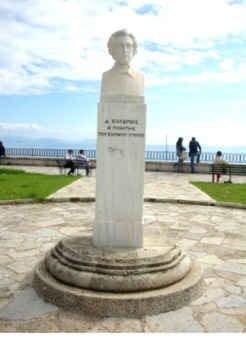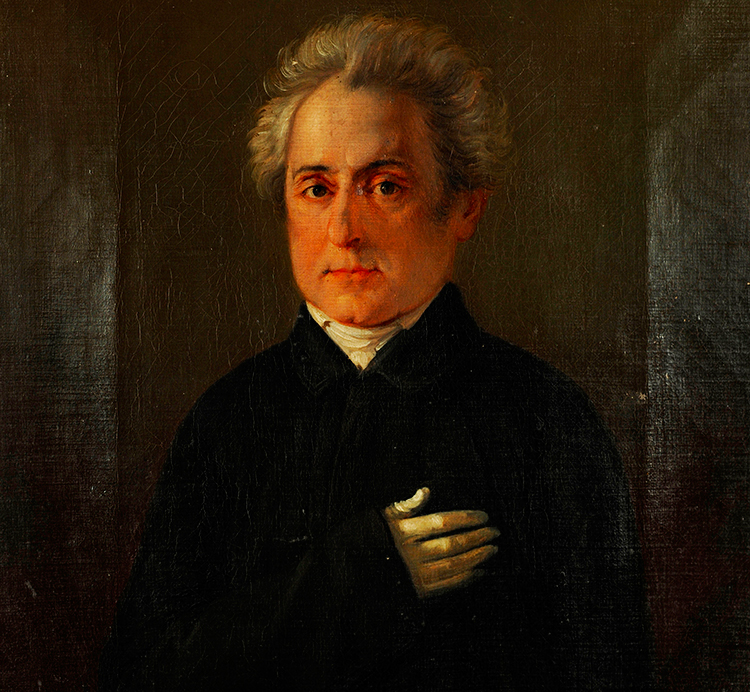
Dionysios Solomos is the leading poet of the 19th century ionian poetry tradition. He is considered to be the national poet of Greece, as the first two turns of the work of Hymn to Liberty, melodised by Nicholaos Mantzaros, were established in 1865, cf. as the Greek national anthem.

Zakynthos
1st Stop: The House of Nicolaos Solomos near the San Marcos square
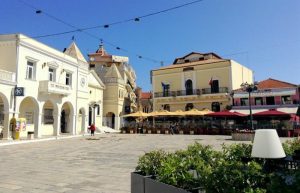
St. Mark’s Square was once the center of the culture of Zakynthos. During the Venetian occupation, writers, poets, noble and generally influential persons exchanged views in the café that existed inside it. In this square occurred historical events that shaped the political developments on the island. In 1797 the Popolars rebelled and burned the golden book of noble “Libro D`Oro”. The Popolars planted the “tree of freedom” in the center of the square, wanting to symbolize their release from the Venetians and to welcome the French Democrats.
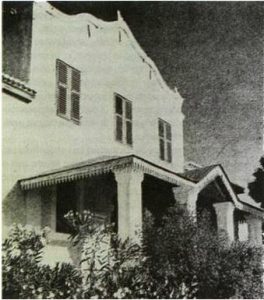
The poet spent his childhood until 1808 in his father’s home in Zakynthos, under the supervision of his teacher, ava Santo Rossi, an Italian refugee. After the death of his father, Dionysios Messalas took over his custody, while his mother married Manolis Leontarakis on 15 August of the same year.
The following year, Messalas sent the little Dionysios to Italy for study, according to the custom of the nobles of the Ionian Islands. His stay there lasted for a decade. After studying at the high school of Cremona, he studied for two years at the Law School of the University of Pavia, without getting his law degree.
Intermediate Stop: Italy
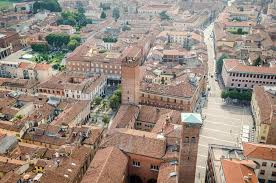
Dionysios goes to Cremona to be close to Rosi and attends there the high school of Cremona, from which he will graduate on September 30, 1815, after rigorous examinations in Physics, Mathematics, Rhetoric, Political Education and of Logic. Among the professors of these times, at least three names are distinguished: Giovanni Pini, Cosimo Galeazzo Scotti and Bernardo Bellini. The first and the second were professors of the Rhetoric, the third of the Latin and the Ancient Greek Literature. During the six years of his stay, Dionysios will have the opportunity to attend the high school celebrations and connects the school life to the city’ s life. The main activity at these festivals was to read poems. Teachers themselves are often poets as well, such as Pini. Poems are also written by the students of high school and lyceum and often, in the context of pupils’ poetry competitions, they present them to the demanding audience of the teachers and the people of arts of the city.
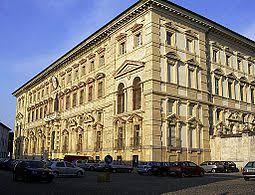 Graduating from the High School of Cremona, Dionysios will give examinations and will be written at the beginning of November 1815 at the Law School of Pavia. The university is renowned and has eminent teachers. At the University Allesandro Volta teaches Physics. There is also the mathematician and poet Lorenzo Mascheroni, the mathematician Gregorio Fontana and the famous poet Vincenzo Monti and Hugo Foscolo (Ugo Foscolo). Undoubtedly, in Pavia Dionysios is more interested in poetry and less in the Faculty of Law. After two years of study, on May 15, 1817, Dionysios will pass an examination before a seven-member committee (consisting of Giardini, Tampourini, Prinna, Beretta, Bellardi-Grannelli and Boutourini), passing them with honors and he will acquire the baccellierato bachelor’s degree. The attendance of the courses, however, seems to continue at least until the end of 1817. During his three years in Pavia for his law studies, Dionysios had the opportunity to travel to nearby Cremona where he was his guardian, Santo Rossi and his friends, but he also travels in Milan, the capital of Lombardy and the spiritual center of northern Italy. There he will meet many people of arts and will find himself in the atmosphere of this particular era that begins in 1815 and confronts neoclassicism with romance.
Graduating from the High School of Cremona, Dionysios will give examinations and will be written at the beginning of November 1815 at the Law School of Pavia. The university is renowned and has eminent teachers. At the University Allesandro Volta teaches Physics. There is also the mathematician and poet Lorenzo Mascheroni, the mathematician Gregorio Fontana and the famous poet Vincenzo Monti and Hugo Foscolo (Ugo Foscolo). Undoubtedly, in Pavia Dionysios is more interested in poetry and less in the Faculty of Law. After two years of study, on May 15, 1817, Dionysios will pass an examination before a seven-member committee (consisting of Giardini, Tampourini, Prinna, Beretta, Bellardi-Grannelli and Boutourini), passing them with honors and he will acquire the baccellierato bachelor’s degree. The attendance of the courses, however, seems to continue at least until the end of 1817. During his three years in Pavia for his law studies, Dionysios had the opportunity to travel to nearby Cremona where he was his guardian, Santo Rossi and his friends, but he also travels in Milan, the capital of Lombardy and the spiritual center of northern Italy. There he will meet many people of arts and will find himself in the atmosphere of this particular era that begins in 1815 and confronts neoclassicism with romance.
2nd stop: Museum of D. Solomos & Eminent People of Zakynthos, San Marcos square

The first thought of creation for the Solomos Museum is recorded in 1903, when the manuscripts of the national poet were donated to the centenary commemoration. The Museum of D. Solomos & Eminent People of Zakynthos, however, was built after the earthquake of 1953, in the historic square of San Marco, on a site donated by the Metropolitan Church of Zakynthos, and was rebuilt with financial aid from the State, various institutions and many individuals. The Museum houses the unique Mausoleum in Greece and numerous relics, donated by various institutions and individuals, and has been operating since August 24, 1966. Ιn 2000, it was nominated for the 2001 European Museum of the Year award.
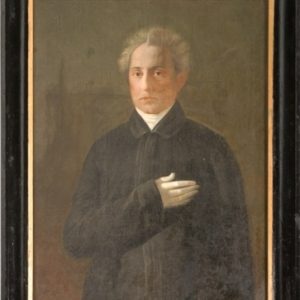 Solomos Hall displays the precious manuscripts and the original portrait of the poet, made by an unknown artist shortly before the death of the poet. There are also the portraits of members of his family and his beloved: his brother of Dimitrios, the father of the Count Nikolaos Solomos, his uncle and his guardian after the death of his father, Nicholas Messalas, his little niece Elizabeth Dimitriou Solomos, who died at the age of three, and his teacher Antonios Martelaos. Also the translations of his friend Nicholas Loutzis, who had translated German philosophers into Italian, whose prototypes are displayed in the room, along with his portrait. A painting with processed digital photographs shows the poet’s journey between Greece, Italy, Zakynthos, Corfu and again Zakynthos, where he resides in his last home. In the room is the coat of arms of the Solomos family, depicting a salmon fish! There are also the personal things of the poet, such as his cartridges and books of his library. In a special showcase, are displayed his official uniform and the degree of the declaration of his brother Dimitrios, as the President of the Ionian Senate. An emotional atmosphere is created by the wreath sent by the Psarians along with some soil from Psara, for the epigram that Solomos wrote about the destruction of Psara, during the celebrations dedicated to Solomos organized in 1902.
Solomos Hall displays the precious manuscripts and the original portrait of the poet, made by an unknown artist shortly before the death of the poet. There are also the portraits of members of his family and his beloved: his brother of Dimitrios, the father of the Count Nikolaos Solomos, his uncle and his guardian after the death of his father, Nicholas Messalas, his little niece Elizabeth Dimitriou Solomos, who died at the age of three, and his teacher Antonios Martelaos. Also the translations of his friend Nicholas Loutzis, who had translated German philosophers into Italian, whose prototypes are displayed in the room, along with his portrait. A painting with processed digital photographs shows the poet’s journey between Greece, Italy, Zakynthos, Corfu and again Zakynthos, where he resides in his last home. In the room is the coat of arms of the Solomos family, depicting a salmon fish! There are also the personal things of the poet, such as his cartridges and books of his library. In a special showcase, are displayed his official uniform and the degree of the declaration of his brother Dimitrios, as the President of the Ionian Senate. An emotional atmosphere is created by the wreath sent by the Psarians along with some soil from Psara, for the epigram that Solomos wrote about the destruction of Psara, during the celebrations dedicated to Solomos organized in 1902.
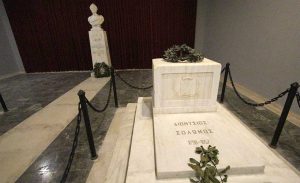 Since 1968, the Mausoleum has been the home of the bones of the national poets Andreas Kalvos and Dionysios Solomos and is located on the ground floor of the Museum of Solomos & Eminent People of Zakynthos. It was built on the proposal of the then prefect of Zakynthos, Andreas Ioannou. Solomos’s bones were transferred to the Mausoleum after four consecutive burials: the first after his death in Corfu (February 9/21, 1857), the second after the transfer of his bones to Zakynthos in today’s San Marcos Square (14/27 July 1865 ), the third in the same place after the completion of the construction of the Museum and the temporary placement of the bones in the Church of the Lady of the Angels (21 April 1962) and the fourth and final burial, from 17 January 1968, in Mausoleum. In the same room is located on a column the bay of Solomos, the work of the Phytalis brothers from the monument, which was in San Marcos Square, in front of the temple of Pantokrator. On the walls there are lyrics from the poems of the two poets and at the door lintel, at the exit of Mausoleum, verses from Calvos’ “Ode to Thanaton”.
Since 1968, the Mausoleum has been the home of the bones of the national poets Andreas Kalvos and Dionysios Solomos and is located on the ground floor of the Museum of Solomos & Eminent People of Zakynthos. It was built on the proposal of the then prefect of Zakynthos, Andreas Ioannou. Solomos’s bones were transferred to the Mausoleum after four consecutive burials: the first after his death in Corfu (February 9/21, 1857), the second after the transfer of his bones to Zakynthos in today’s San Marcos Square (14/27 July 1865 ), the third in the same place after the completion of the construction of the Museum and the temporary placement of the bones in the Church of the Lady of the Angels (21 April 1962) and the fourth and final burial, from 17 January 1968, in Mausoleum. In the same room is located on a column the bay of Solomos, the work of the Phytalis brothers from the monument, which was in San Marcos Square, in front of the temple of Pantokrator. On the walls there are lyrics from the poems of the two poets and at the door lintel, at the exit of Mausoleum, verses from Calvos’ “Ode to Thanaton”.
3rd Stop: Dionysios Solomos Square
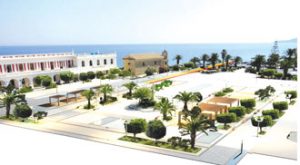
The square of D. Solomou is the central and largest square of the city and many cultural events take place there. There is also the statue of the national poet, Dionysios Solomos, a copy of the original that was the work of Athenian sculptor George Vroutos. Around the square there are remarkable buildings built mainly following their pre-seismic form, as well as the church of St. Nicolaοs of Molos. On the left side of the square of D. Solomos is the Town Hall of the Municipality of Zakynthos and at the southern edge of the square the statue of Hugo Foscolo. There are still the statues of the musician Paul Karer and the Statue of Liberty.
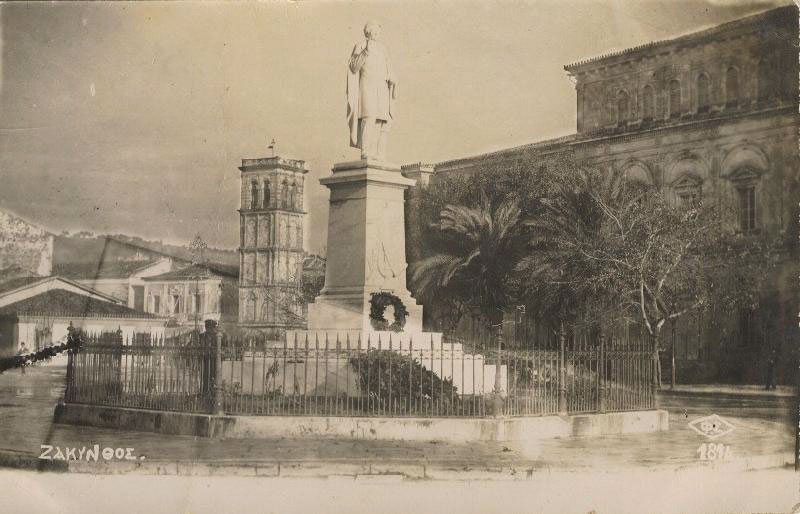
4th Stop:The House of Nicolaos Solomos, Akrotiri
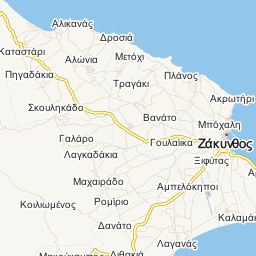 Zakynthos Akrotiri is a settlement of the municipality of Zakynthos. Close to the settlement there is a steep beach of 2.5 km long. The beach limits are set by the Kryoneri lighthouse to the Trenton-nove (or Voda) island. Within close proximity to the southern tip of the island is Cape Red Rock, where, according to the local tradition, Fodini Sandri has committed suicide, a person who is also the heroine of the novel by Grigorios Xenopoulos. The beach has a special natural beauty and has been declared a monument by the Ministry of Culture.
Zakynthos Akrotiri is a settlement of the municipality of Zakynthos. Close to the settlement there is a steep beach of 2.5 km long. The beach limits are set by the Kryoneri lighthouse to the Trenton-nove (or Voda) island. Within close proximity to the southern tip of the island is Cape Red Rock, where, according to the local tradition, Fodini Sandri has committed suicide, a person who is also the heroine of the novel by Grigorios Xenopoulos. The beach has a special natural beauty and has been declared a monument by the Ministry of Culture.
A remarkable architectural monument of Zakynthos was also the famous mansion of Nikolaos Solomos – Tabakieri, in his land at the Akrotiri area. It was built in the dominant position of the Cape, after 1765, in the designs of the French architect Bocher. The father of the National Poet Dionysios Solomos, Nicholas, bequeathed the mansion to his first son, Roberto. From the marriage of Roberto Solomos and Stella Makris, Betina was born, who married Nicholas Kyvetos. Thus, the villa came to the property of the latter, who rented it to the public, as the residence of the English Commissioner of the Ionian Islands, when the latter visited Zakynthos. These visits were regular and the villa of Akrotiri acquired the reputation of one of the most important centers of the social life of the nobles, during the British domination. There was hosted by Lord Nugent, the first king of Greece, Oto when he visited Zakynthos on October 10, 1833. After the union of the Ionian Islands with Greece, the villa was bought by Nicholas Anastasios Loutzis. The son of the latter, Dimitrios, who later sold it to the Chronopoulos family. After the earthquakes of 1953, the villa was restored and houses remarkable works of art, family heirlooms and records of the Chronopoulos family. Dionysios Solomos never lived in this villa, but at his father’s house, which was close to San Marcos Square.
5th Stop: Strani Hill, the house of Dionysios Solomos
Just two kilometers away from the city of Zakynthos is Strani Hill. Here the national poet Dionysios Solomos, listening to the cannons of Messolonghi, inspired and wrote the National Anthem. In the small square, where the bust of Dionysios Solomos dominates, there was the tree in whose shadow he wrote “Hymn to Liberty” and “Free Besieged”. The poet’s mansion is just above the hill, which is still in good condition even today.
Ludovico Strani lived in Zakynthos between the 18th and 19th century and was of noble Italian origin and the name of the Strani family refers to Limbro d ‘Horo, of Zakynthos, where the Stranis family came from the Italian city of Trani and at the same time, the ancestors of Louis Stranis found themselves in the Ionian Islands, which at that time was the territory of the Republic of Venice, namely in Zakynthos, and he was born there. He lived in the villa of his family on the famous Hill of Strani, where Dionysios Solomos often housed, and later wrote the Hymn to Liberty. Today Stranis Hill in Zakynthos is a pole of attraction for visitors, mainly because of its existence as the inspirational point of the Greek national anthem by Solomos, but also because of the amazing panoramic view of the island that it offers.
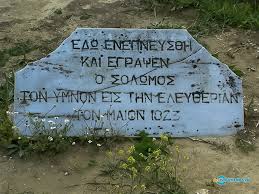
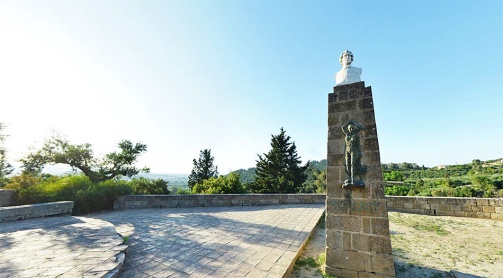
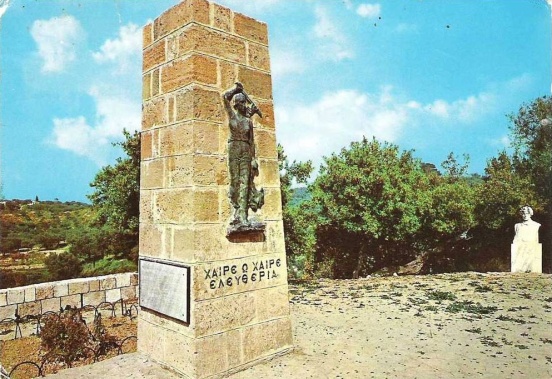
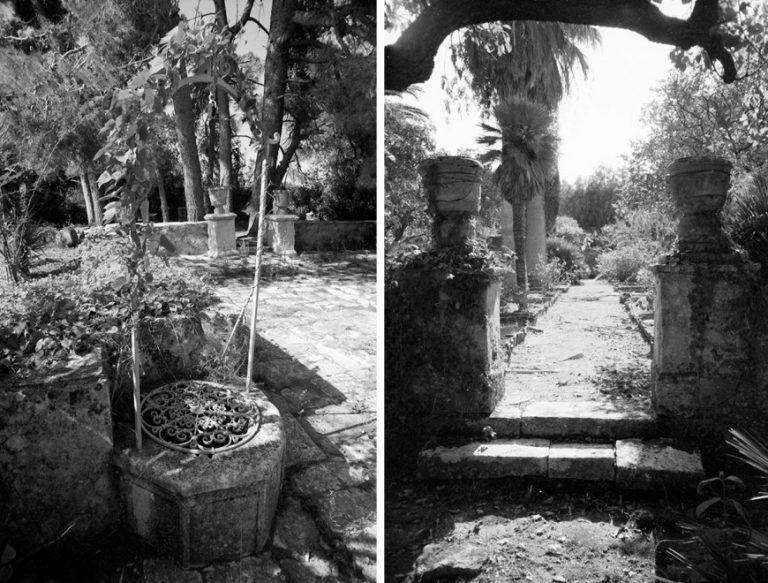
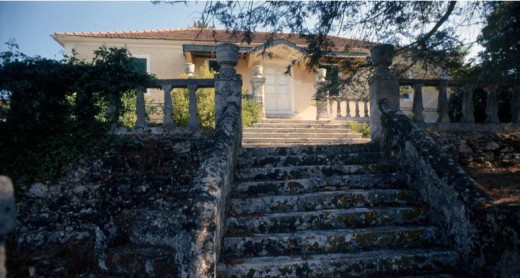
Corfu
6th Stop: Corfu, Museum of Solomos
Dionysios Solomos settled in Corfu at the end of 1828, seeking a peaceful atmosphere that would allow him to dedicate himself to his work. As a poet, he has such a brilliant reputation that the Ionian University professors are pleased by his arrival. Between 1828 and 1832 he will live in several houses, but these are unknown to us today. One of the houses where he was installed was in an apartment of a four-storey building opposite the current Town Hall of Corfu, in the square, next to the Catholic Metropolis. In the same building, unfortunately ruined by the bombings of the Second World War, the family of the later student of Iakovos Polylas, who was to become the editor of his manuscripts and the first publisher of his works, died after his death. In Corfu he was acquainted with the great musician Nikolaos Halikiopoulos Mantzaros (1795-1875), who had before Solomos installation in Corfu, performed the poem “Pharmakomeni” and then he also performed other solo poems, including the “Hymn to Liberty, “which since 1865 has been established as the Greek National Anthem. In the building that now houses the Solomos Museum, the poet settled in early August 1832 and belonged to the Italian scholar Flaminio Lolly. In this house he lived in the last years of his life, composed his finest works and died there on February 9/21, 1857. Due to the poet’s death announcement the House of the Ionian Islands immediately interrupted its work and declared public mourning. The carnival activities stopped and the theater closed. All came to his funeral and the poet was buried in the First Cemetery of Corfu. In 1865 his brother Dimitrios carried his bones to his native town of Zakynthos. The Grave of the Poet is preserved as a cenotaph. In 2010 the Solomos Museum of Corfu was twinned with the Museum of Solomos & Eminent People of Zakynthos.
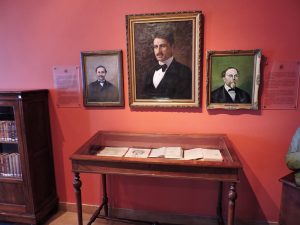
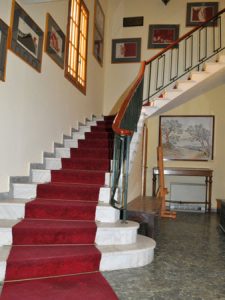
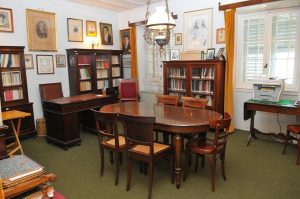
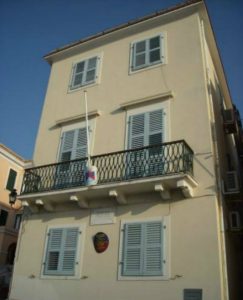
Solomos Museum of Corfu
7th Station: Dionysios Solomos statue, Dimokratias Avenue, Aktaion, Corfu
